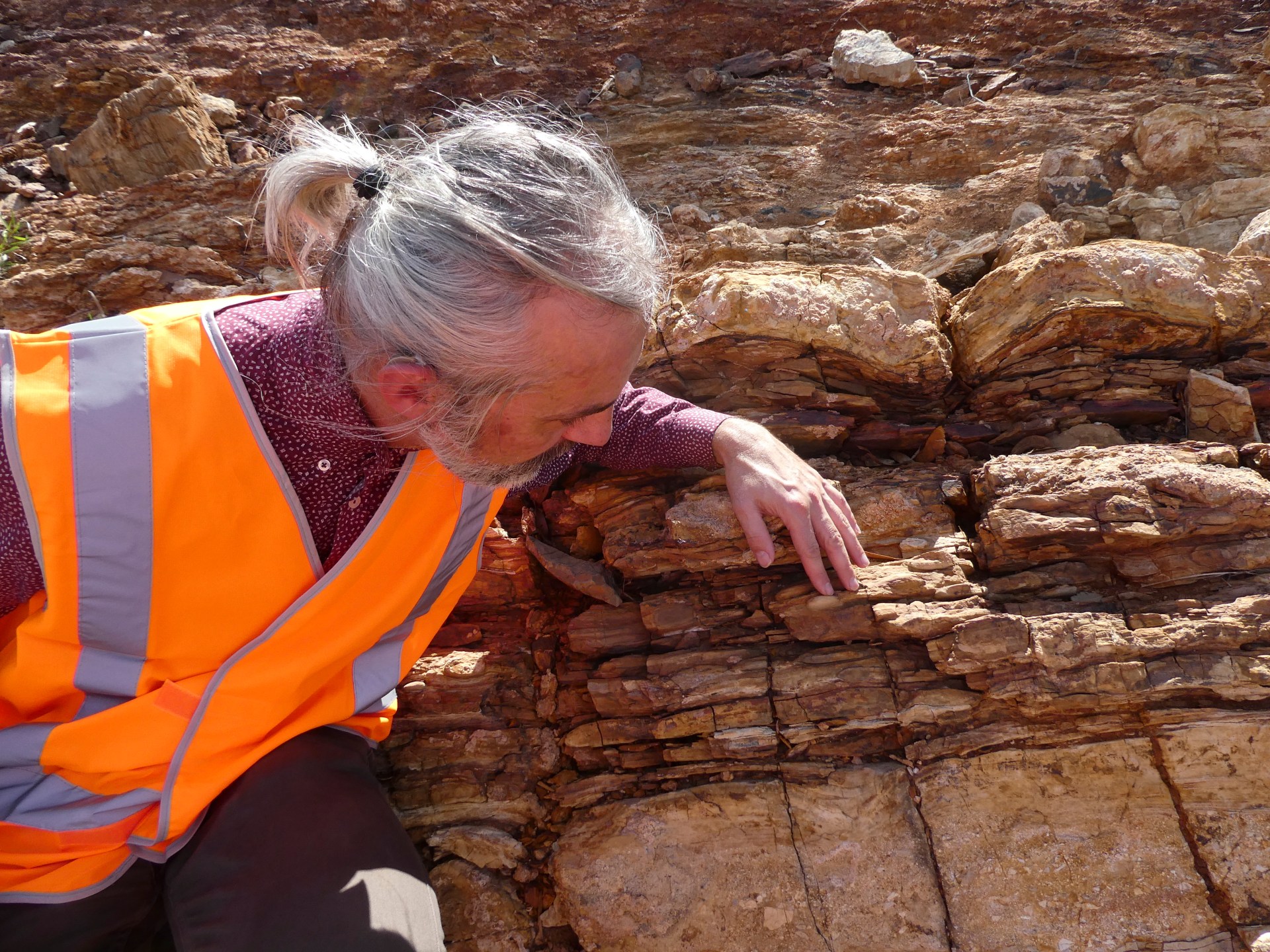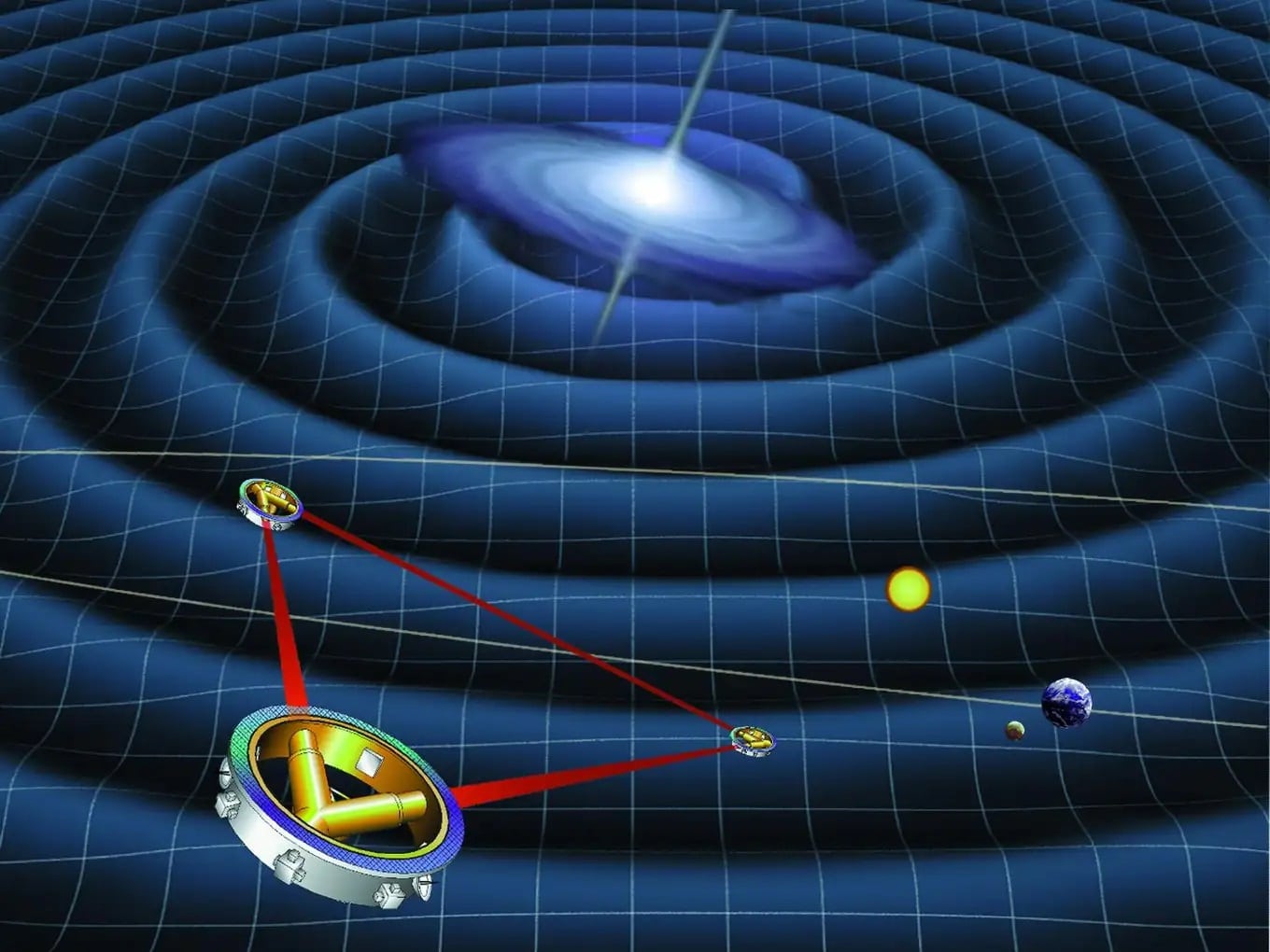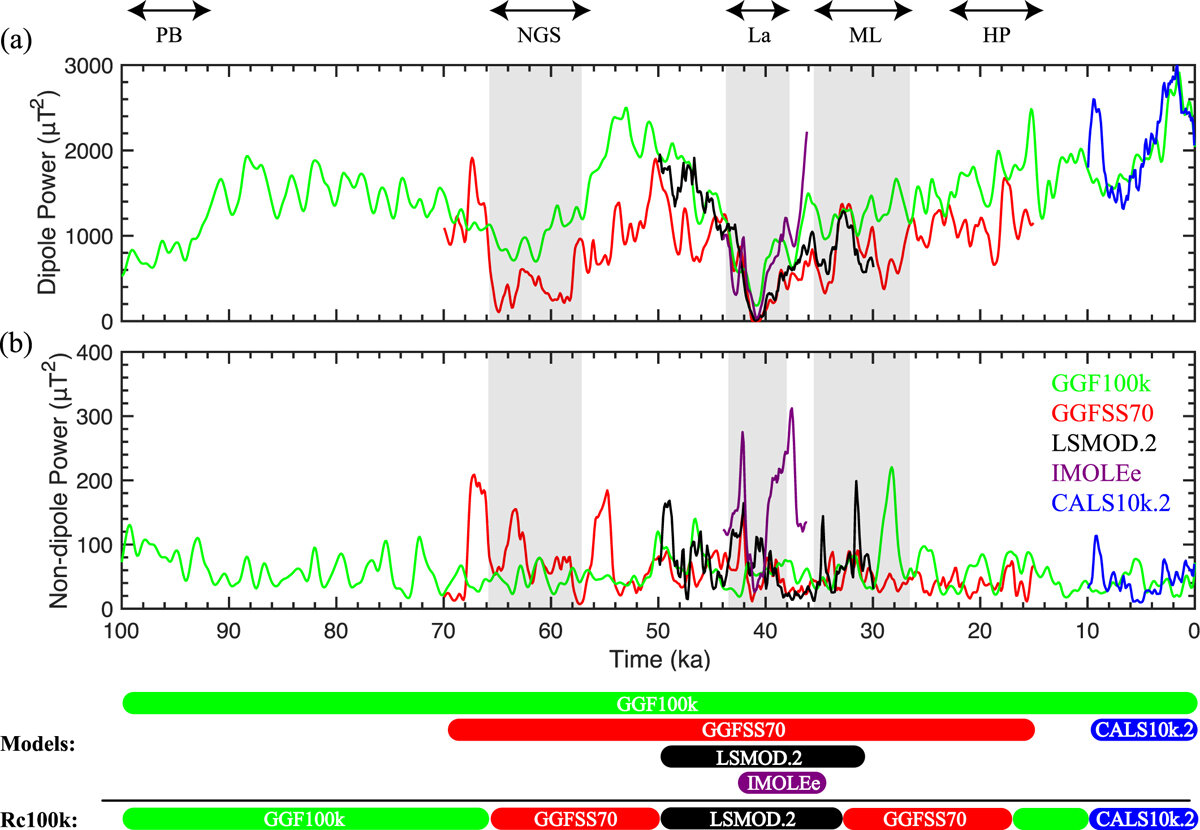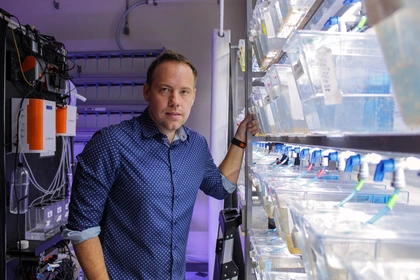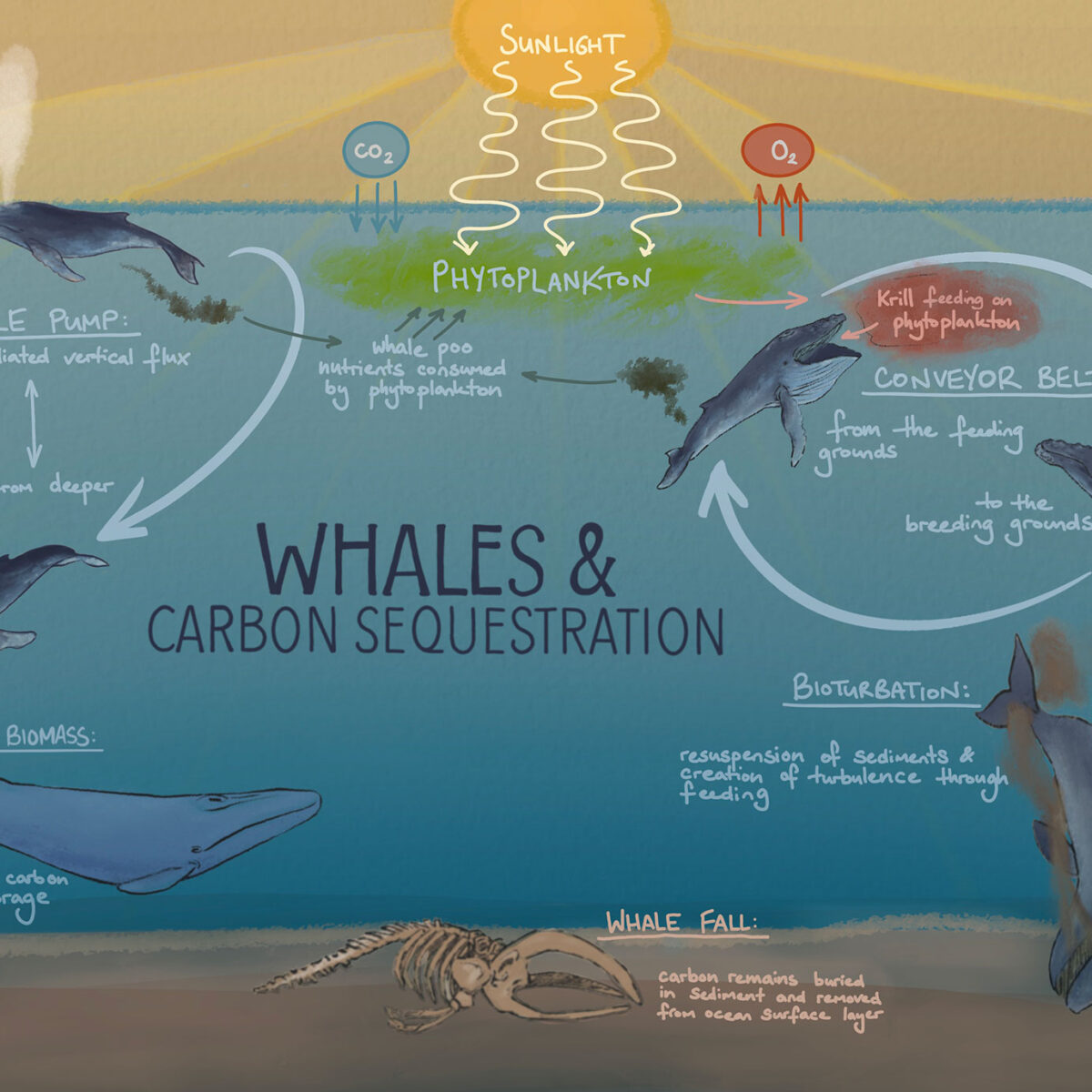La “extinción cero de las plantas” es posible
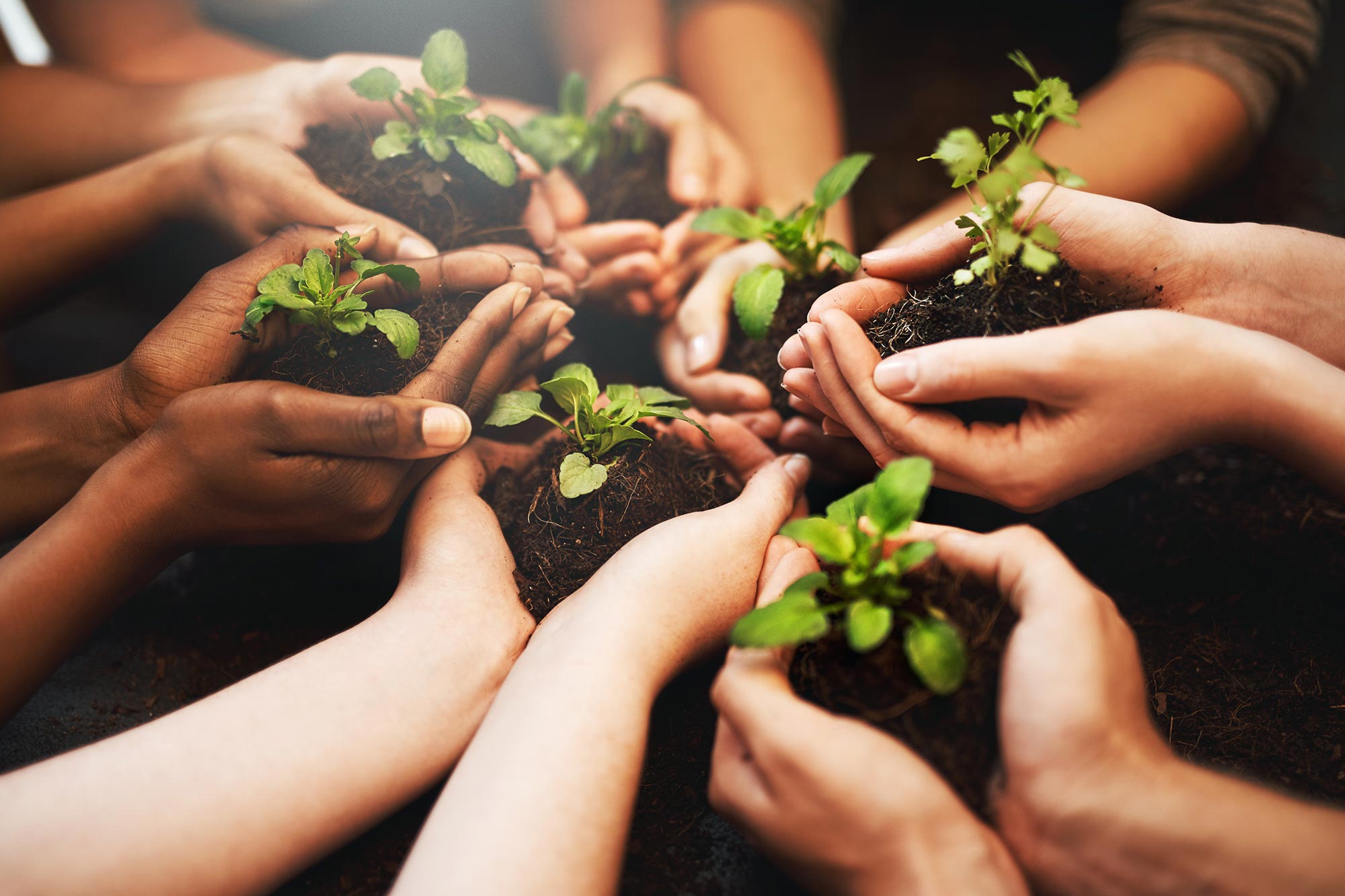

El ecólogo de plantas Richard T. Corlett argumenta que es posible prevenir todas las extinciones futuras de plantas terrestres al capacitar a más expertos en plantas, crear un «metaherbario» en línea y crear «microreservas». Dado que entre el 21 % y el 48 % de las especies de plantas vasculares están en peligro de extinción, se necesitan esfuerzos de conservación tanto en los hábitats naturales como en entornos conservados como los jardines botánicos. Un obstáculo importante para la conservación de plantas es la falta de especialistas capacitados, especialmente en áreas tropicales. Corlett sugiere que una base de datos en línea que vincule registros de herbario digitalizados con fotografías y otros recursos mejoraría el acceso a la información y facilitaría la colaboración entre investigadores.
El ecólogo de plantas Richard T. Corlett ofrece una estrategia para prevenir futuras extinciones de plantas terrestres, incluida la capacitación de más expertos, la creación de un «metaherbario» en línea y el establecimiento de «microreservas». El acceso a la información y la falta de especialistas capacitados son los principales desafíos en los esfuerzos de conservación de plantas.
Como los animales, muchas plantas[{» attribute=»»>species are struggling to adapt to a human-dominated planet. However, plants are often overlooked in conservation efforts, even though they are cheaper and easier to protect than animals and play a pivotal role in bolstering our food, fuel, and medical systems. In a review published on May 2 in the journal Trends in Plant Science, a plant ecologist suggests an approach for preventing all future land plant extinctions across the globe which includes training more plant experts, building an online “metaherbarium,” and creating “microreserves.”
“There is no technical reason why any known plant species should go extinct,” writes plant ecologist Richard T. Corlett of the Xishuangbanna Tropical Botanical Garden in Yunnan, China. “If zero extinction is potentially achievable for plants, a less ambitious target would be inexcusable.”
An estimated 21-48 percent of vascular plant species—which includes flowering plants and trees—could go extinct, primarily due to changes in land use and unsustainable harvesting practices. While it’s potentially possible to prevent the extinction of all 382,000 currently known plant species, no single solution works for all species. Conservation plans can take many forms and can be carried out either in a plant’s natural habitat, often in the form of a nature reserve, or in a curated environment like a botanical garden. Sometimes a combination works best. For example, a microreserve—a tiny piece of protected land designed to get around space constraints—could be coupled with a supply of frozen seeds to fall back on if necessary.
“Conservation of self-sustaining wild populations in protected areas is the ideal,” says Corlett. “This allows continued evolution in response to ongoing environmental change (such as climate change, and new pests and diseases) and the continued support of mutualists, herbivores, and pathogens, some of which may face extinction without their only plant hosts.”
One of the biggest barriers in plant conservation is the lack of trained specialists, especially in tropical areas where there is already a sizeable backlog of unidentified species that need to be studied. “Undescribed species are invisible to science and conservation planning,” says Corlett. It’s likely that many “dark extinctions,” which occur when species slip away without us even knowing they existed, have already happened.
Another roadblock in preventing plant extinctions is information access. At present, the most reliable species records come from plant specimens, which are difficult to utilize from a distance. Corlett argues that researchers can get around this problem by building an online “metaherbarium,” linking digitized records from herbarium specimens with photographs, status assessments, recovery plans, and links to other resources. The online database would allow easy access to the information needed to save all plant species—a feat that will require collaboration and dedication at the individual, national, and global levels.
“There are some major areas that need more research, but most of what is needed is not novelty but a lot more of the same: more people, more space, more funding, more monitoring, and more of the local interventions that work,” says Corlett.
Reference: “Achieving zero extinction for land plants” by Richard T. Corlett, 2 May 2023, Trends in Plant Science.
DOI: 10.1016/j.tplants.2023.03.019

